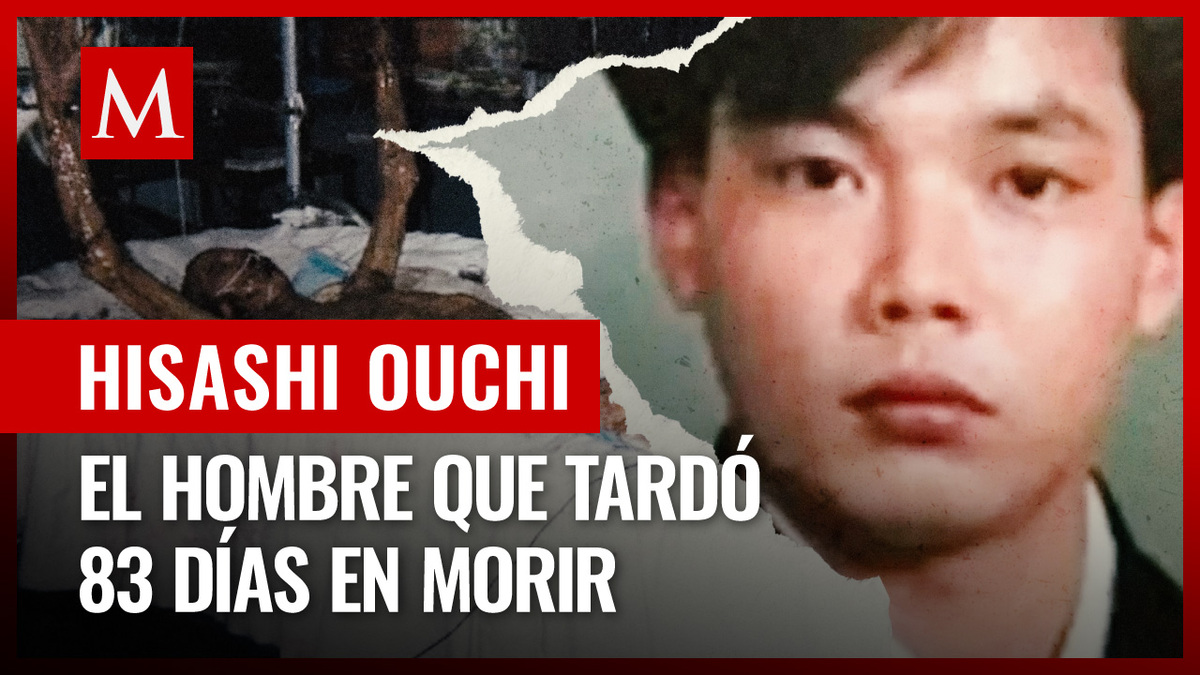
Hisashi Ouchi is a name that resonates with the tragic realities of nuclear energy and safety. His story is not just an account of a man who suffered; it is a poignant reminder of the catastrophic consequences that can arise from industrial accidents. Ouchi's life took a devastating turn in 1999 when he became one of the victims of the Tokaimura nuclear accident in Japan, an event that not only altered his life but also sparked discussions about nuclear safety protocols worldwide.
The Tokaimura accident was a turning point in Japan's nuclear history, and Hisashi Ouchi was at the center of it. Hisashi was subjected to an extreme level of radiation exposure that led to severe health complications, drawing the attention of both the media and the public. His story serves as a cautionary tale about the importance of safety in the nuclear industry, emphasizing how human errors can lead to unimaginable tragedies.
As we delve deeper into the life of Hisashi Ouchi, we will explore various aspects of his biography, the incident that changed everything, and the lasting impact it had on nuclear safety regulations. This article aims to shed light on an often-overlooked individual, giving voice to the man whose suffering became a catalyst for change in an industry fraught with risks.
Who is Hisashi Ouchi?
Hisashi Ouchi was a Japanese nuclear worker born on March 31, 1960, in the city of Tokaimura, Ibaraki Prefecture. He was employed at the JCO (Japan Nuclear Fuel Conversion Co.) facility, where he worked as a criticality safety operator. Ouchi's life was relatively unremarkable until the catastrophic incident that would change everything.
What Happened During the Tokaimura Nuclear Accident?
The Tokaimura nuclear accident occurred on September 30, 1999, when workers at the JCO facility improperly mixed uranium fuel, leading to a criticality accident. This mishap resulted in an uncontrolled nuclear chain reaction, exposing Ouchi and two other workers to lethal doses of radiation. Ouchi, in particular, received a dose estimated to be 17 sieverts, which is significantly higher than the lethal dose for humans.
What Were the Immediate Consequences for Hisashi Ouchi?
In the immediate aftermath of the accident, Hisashi Ouchi exhibited severe symptoms of acute radiation syndrome, including nausea, hair loss, and internal bleeding. He was rushed to the hospital for treatment, where he endured a harrowing battle for survival. Despite the best efforts of medical professionals, Ouchi's health deteriorated rapidly, leading to a series of complications.
What Are the Long-term Effects of Radiation Exposure?
Radiation exposure can have devastating long-term effects on a person's health. In Ouchi's case, he faced numerous challenges, including:
- Severe skin damage and burns
- Organ failure
- Increased risk of cancer
- Psychological trauma
How Did Hisashi Ouchi's Case Impact Nuclear Safety Regulations?
The tragic circumstances surrounding Hisashi Ouchi's accident prompted a thorough investigation into nuclear safety protocols in Japan. As a result, several changes were implemented, including:
- Stricter operational safety regulations
- Increased training for nuclear facility workers
- Enhanced emergency response procedures
- Transparency in reporting safety incidents
What Can We Learn from Hisashi Ouchi's Tragic Story?
Hisashi Ouchi's story serves as a stark reminder of the vulnerabilities associated with nuclear energy. It underscores the importance of prioritizing safety over expediency in industrial operations. The lessons learned from the Tokaimura accident continue to resonate, prompting ongoing discussions about the future of nuclear energy and the need for rigorous safety measures.
What is Hisashi Ouchi's Legacy?
Though Hisashi Ouchi passed away on December 21, 1999, his legacy lives on. His suffering highlighted the risks associated with nuclear energy and the necessity for stringent safety protocols. The public's awareness of nuclear safety has significantly increased since the Tokaimura incident, leading to a more cautious approach to nuclear energy both in Japan and globally.
Personal Details and Bio Data of Hisashi Ouchi
| Detail | Information |
|---|---|
| Name | Hisashi Ouchi |
| Birth Date | March 31, 1960 |
| Place of Birth | Tokaimura, Ibaraki Prefecture, Japan |
| Occupation | Nuclear Worker |
| Accident Date | September 30, 1999 |
| Death Date | December 21, 1999 |
In conclusion, Hisashi Ouchi's life and tragic fate serve as a critical reminder of the importance of safety in the nuclear industry. The incident at Tokaimura was a wake-up call that led to significant changes in regulations and protocols, aiming to prevent such disasters from occurring in the future. Hisashi Ouchi's memory continues to influence discussions about nuclear energy, making it imperative that we never forget the lessons learned from his story.
ncG1vNJzZmivp6x7p7XGoaugqpGlva2x05qnZ5ufony0tM6pnauZnqB%2FcLTIrJisoJlivLavx6JloaydoQ%3D%3D